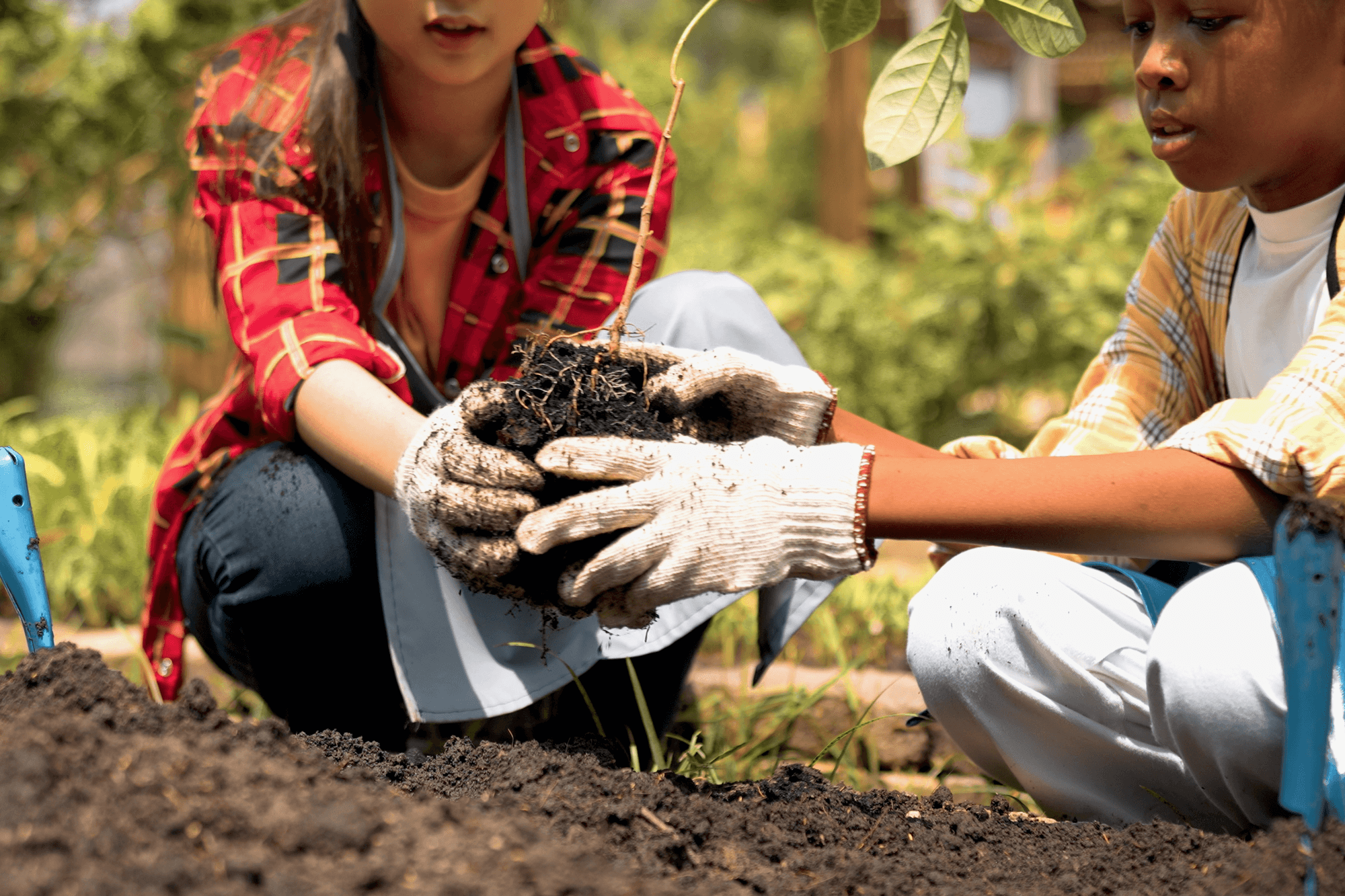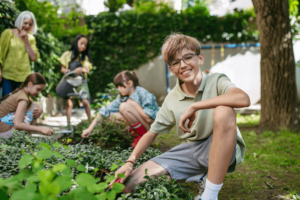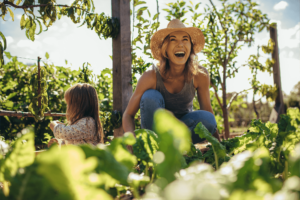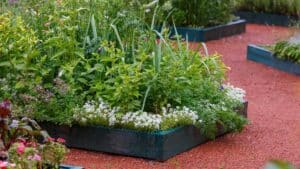Planting Ideas, Growing Futures
Creating an edible garden in a schoolyard or behind a community center goes far beyond growing vegetables. It’s about nurturing curiosity, building human connections, and cultivating a sense of belonging. These living spaces become places of learning, gathering, and transformation—where each plant tells a shared story.
A Living Educational Tool
In a school, an edible garden extends the classroom far beyond its walls. Science, math, ecology, nutrition, art—even language studies—come alive through hands-on activities. Planting radishes, measuring a tomato plant’s growth, observing pollinators, or cooking harvested vegetables: these experiences fuel engagement and give real meaning to learning.
A well-designed garden becomes a living textbook—written with soil, sunlight, and wonder.
Strengthening the Community Fabric
In a community center, a shared garden fosters meaningful connections across generations, cultures, and social backgrounds. Gardening together builds relationships in a unique and inclusive way. Citizen committees emerge, horticultural and culinary skills are passed down, and seasonal events like harvest festivals and canning workshops bring people together. The garden becomes a warm, welcoming meeting place.
Flexible Designs for Any Space
Every location holds potential. Even a modest courtyard can host a thriving edible project. Raised beds, in-ground gardens, living walls, food forests, and educational greenhouses—these formats can be tailored to suit available sunlight, accessibility, and resources. The key is to design a space that reflects the community and the people who will bring it to life.
Growing Meaningful Values
Behind every harvest lies a deeper lesson. Edible gardens quietly teach values such as food autonomy, environmental respect, patience, responsibility, and teamwork. They encourage people to slow down, observe, and care. And in very practical terms, they help fight food insecurity by providing local access to fresh, healthy food.
To plant a seed is to believe in the future. To grow it together is to build a resilient community.
Conclusion
Whether rooted in a schoolyard or tucked behind a community center, every square meter of cultivated earth becomes a tool for education, inclusion, and hope. By getting our hands in the soil, we’re not just growing vegetables—we’re growing connection, pride, and a better tomorrow.







